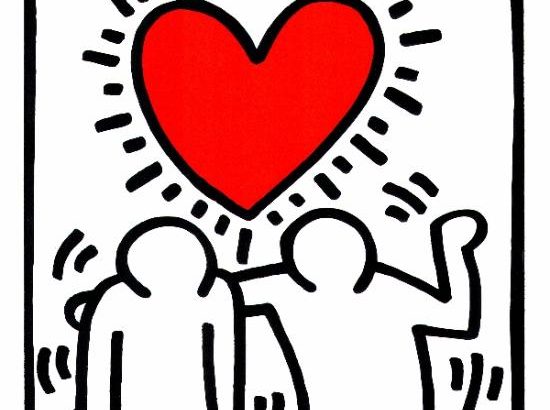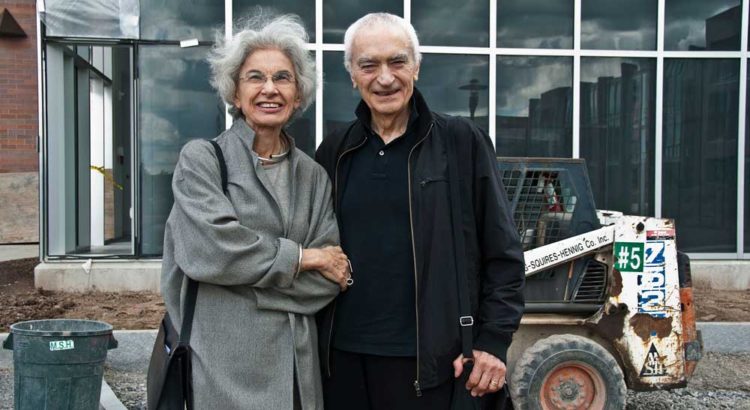I wanted to take a break from my normal artist musings and offer some resources you can contribute to or use yourself. I acknowledge in this state of chaos and uncertainty, life can be quite confusing and hectic. But now more than ever is the time to help each other and act with compassion.
Here’s what you can do (many of these opportunities are located in Washtenaw county but there are other ways to help!):
The Ginsberg Center’s Connect 2 Community – Find local service and remote volunteering opportunities
Donate Blood through the Red Cross – Donors are urgently needed at the moment
Support Food Gatherers – Through financial or volunteer assistance
Maize and Blue Cupboard – Volunteer for an hour or two to help this on-campus resource, or use it for your grocery needs
Add to Mutual Aid Efforts – request help or contribute resources such as housing, food, etc. if you are in Huron Valley
Join the Washtenaw County Mutual Aid Facebook Group
Donate to Frontline Nonprofits – Avalon Housing, Delonis Center, Alpha House, SOS Community Services, Ozone House, Mercy House, Ann Arbor Housing Commission, Community Action Network, Meals on Wheels Ann Arbor, and Peace Neighborhood Center to name a few
United Way of Southeast Michigan – Find volunteer opportunities
United Way of Washtenaw County – Donate to or volunteer with United Way in their COVID-19 community efforts
Washtenaw County Public Health – sign up to be an emergency volunteer
Support Service Industry Workers – USBG National Charity Foundation, One Fair Wage Emergency Fund, and the Restaurant Workers Community Foundation are accepting donations
WHO COVID-19 Solidarity Response Fund – donate to send essential supplies, support workers, and help stop the spread of COVID-19
Support Your Local Businesses! – This can be online, through pickup, or financial donation. Also, be sure to tip if you can!
Remember to socially isolate and practice social distancing when with others. Also, be sure to reach out to your loved ones and make sure they are ok! This includes taking care of yourself and practicing self empathy. This is an extremely strange and difficult time, but we’re all in it together. Hopefully we come out more resilient, passionate, loving, and courageous!
















